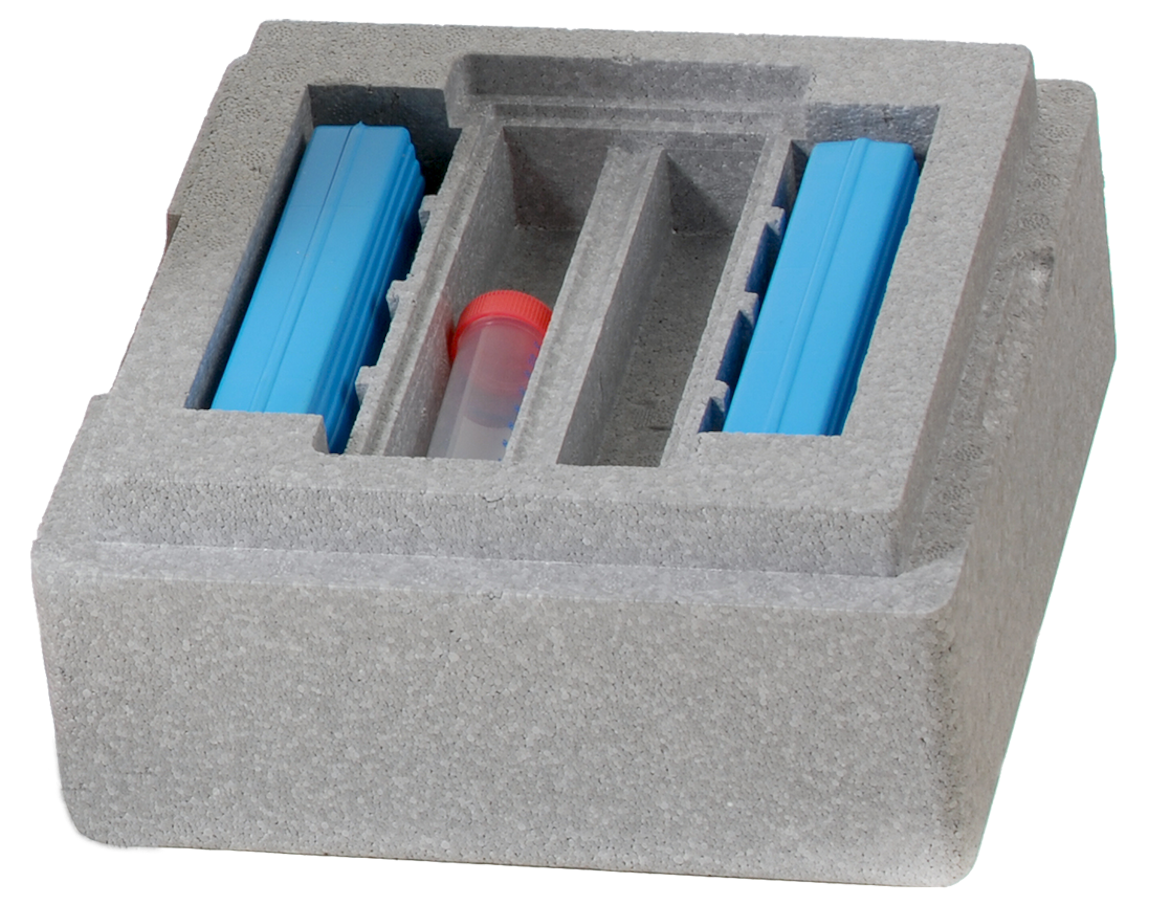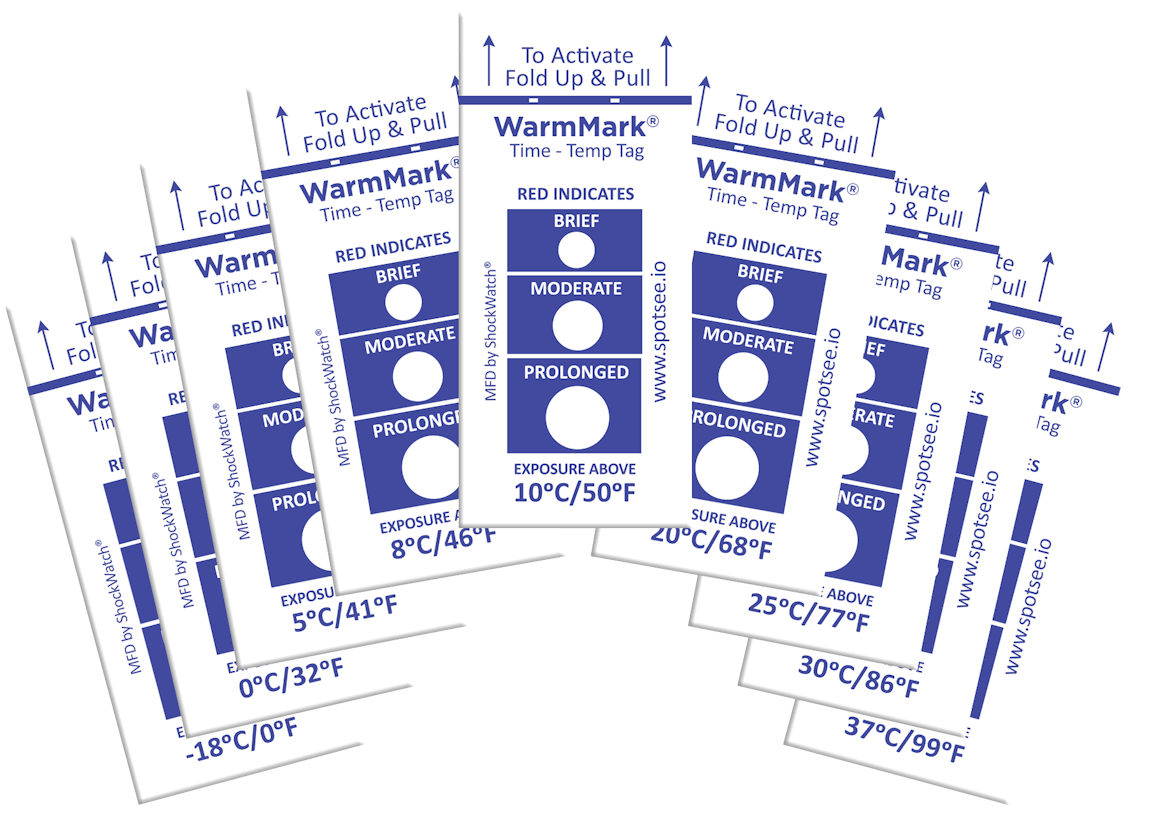In this article, we explore five effective thermal packaging tips that play a vital role in ensuring product integrity throughout the entire shipping process.
1. Understand your product’s temperature requirements
To begin with, gaining a thorough understanding of your product and its specific temperature requirements is crucial. Different products have varying temperature sensitivities, and it's important to identify the optimal temperature range for their storage and transportation.
Start by reviewing any relevant documentation produced by the manufacturer that outlines the recommended temperature conditions. These guidelines often provide valuable insights into the specific temperature range within which the product can maintain its integrity and quality. Alternatively, conducting temperature stability tests can help you determine the ideal temperature requirements for your goods.
By understanding your product's temperature requirements, you lay the foundation for creating an effective thermal packaging strategy that will ensure the preservation of your product's integrity during shipping.



